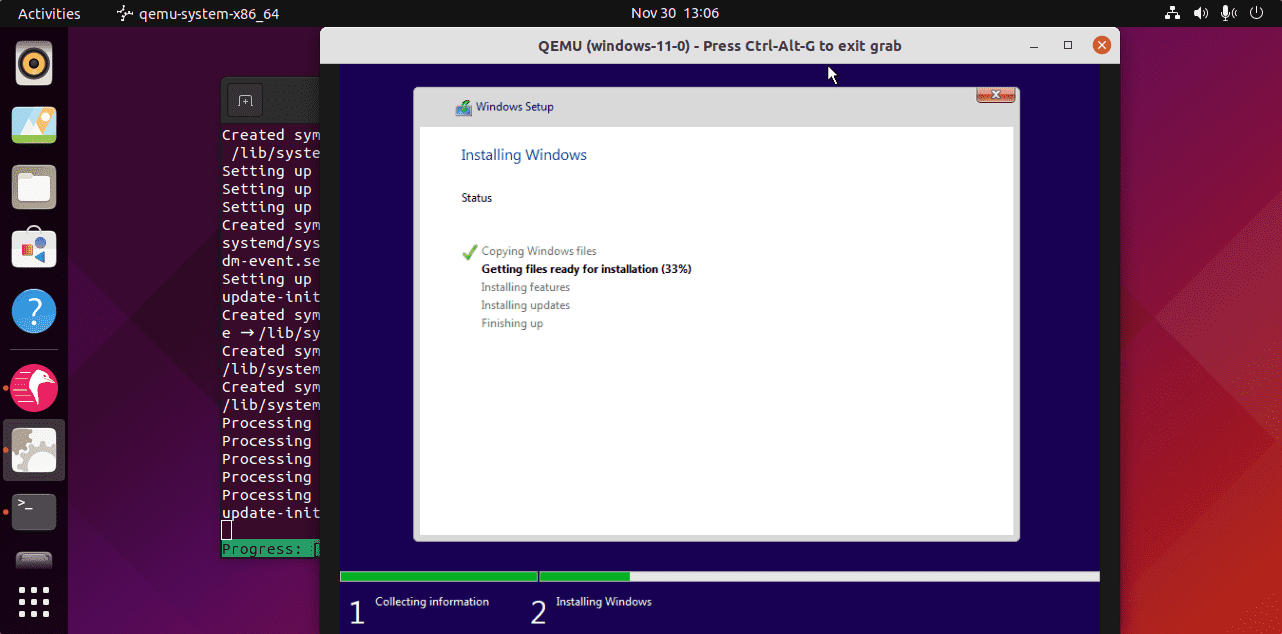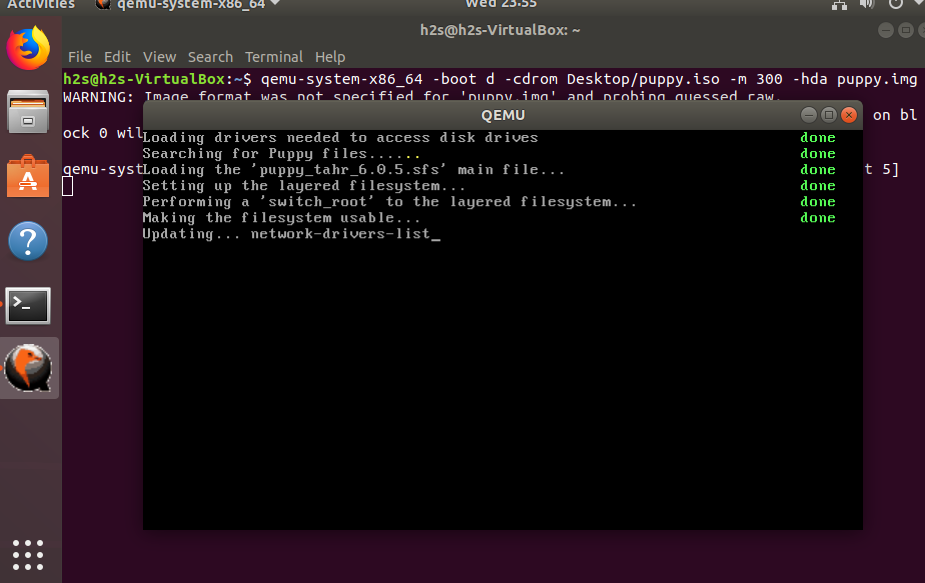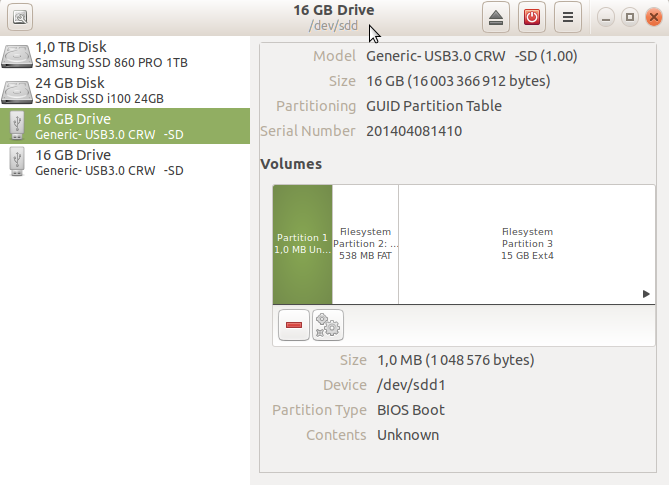
The -vcpu option indicates the CPU cores in this case 2 cores, the -ram indicates the RAM capacity which is 2048MB. To get additional information about OS variants, run the command $ osinfo-query os Since Deepin20 is a derivative of Debian, I have specified Debian 10 as the variant. The -name option specifies the name of the virtual machine – deepin-vm The -os-variant flag indicates the OS family or derivate of the VM. Here’s the full command I used when creating a virtual machine using a Deepin ISO image: $ sudo virt-install -name=deepin-vm -os-variant=Debian10 -vcpu=2 -ram=2048 -graphics spice -location=/home/Downloads/deepin-20Beta-desktop-amd64.iso -network bridge:vibr0 A number of parameters are required when creating a virtual machine. The virt-install command-line tool is used for creating virtual machines on the terminal. Create a Virtual Machine via Command Line There are 2 ways to go about this: You can create a virtual machine on the command-line or using the KVM virt-manager graphical interface. With KVM successfully installed, We are now going to create a virtual machine. Check KVM Modules in Ubuntu Step 3: Creating a Virtual Machine in Ubuntu For AMD CPUs, you will get the kvm_intel module instead. To check if the KVM modules are loaded, run the command: $ lsmod | grep -i kvmįrom the output, you can observe the presence of the kvm_intel module. You can enable it to start on boot by running: $ sudo systemctl enable -now libvirtd The virt-manager is an application for managing virtual machines through a graphical user interface.īefore proceeding further, we need to confirm that the virtualization daemon – libvritd-daemon – is running.The bridge-utils package helps you create a bridge connection to allow other users to access a virtual machine other than the host system.The libvritd-daemon is the virtualization daemon.


With the confirmation that our system can support KVM virtualization, we are going to install KVM, To install KVM, virt-manager, bridge-utils and other dependencies, run the command: $ sudo apt install -y qemu qemu-kvm libvirt-daemon libvirt-clients bridge-utils virt-managerĪ little explanation of the above packages. The output clearly indicates that we are on the right path and ready to proceed with the installation of KVM. Now execute the “ kvm-ok” command to probe your system.


If the “ kvm-ok” utility is not present on your server, install it by running the apt command: $ sudo apt install cpu-checker To check if your system supports KVM virtualization execute the command: $ sudo kvm-ok


 0 kommentar(er)
0 kommentar(er)
